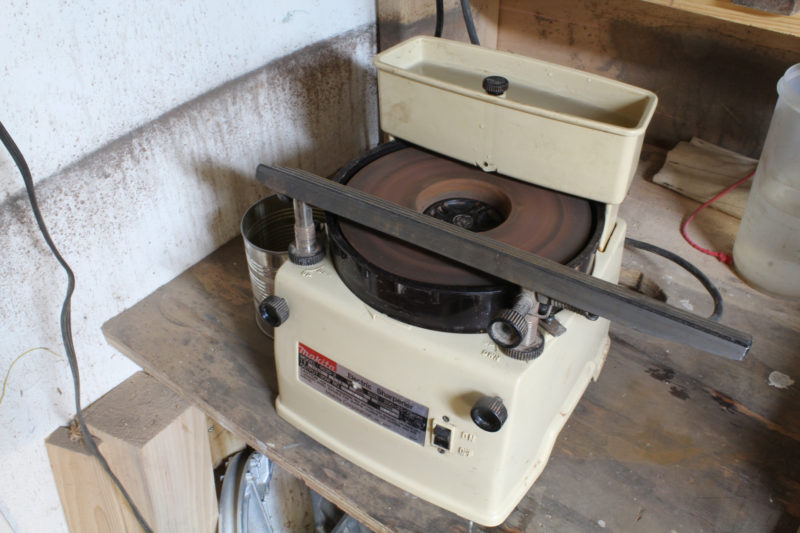 Christopher Cunningham
Christopher CunninghamThe water-cooled stone makes quick work of sharpening tools without affecting their temper.
When I started building boats in 1978, I used a blade guide, a large diamond hone and three Japanese water stones to sharpen my tools. I was proud of the mirror-shiny finish I could put on the blades, but after I had an opportunity to use the Makita Blade Sharpener when I was teaching at WoodenBoat School, sharpening tools by hand suddenly seemed quite tedious. I didn’t waste time getting a Makita for my shop at home. That was 21 years ago, and it is still working and spinning the same waterstone wheel.
The motor enclosed in the base turns the wheel at 560 rpm and makes an easily tolerated whirring sound. A reservoir at the back drips water onto the stone, keeping the blade cool and preventing the pores of the stone from filling with metal. A circular wheel cover, raised slightly above the surface of the stone, collects the water and slurry and sends it out through a tube to be collected. A rail supported by two posts at the front of the machine can be adjusted to support blades and edge tools at whatever angle you choose. For sharpening jointer and planer knives (up to 15-3/4″ long) there’s a blade holder included that slides back and forth on the rail to move the knives across the stone. The wheel guard has to be lowered to allow the knives to reach the stone so it no longer collects the water; it spins out in all directions and has left a stripe on my shop wall and apron. With the guard down you can touch up the flat side and remove the burr on chisels and hand-plane blades, but you have to be very careful: the stone can grab the blade and pull it out of your hands. I’m happy to report that I’ve never lost my grip on a blade nor seen what damage it could do spinning around. It’s safer to use a regular water stone to dress the blade backs. I have a cotton buffing wheel that I use to remove the burr.
The 7-7/8″ wheel included with the sharpener is a 1,000-grit stone. Stones of 60 and 6,000 grit can be purchased separately, but the 1,000 grit is all I’ve ever needed. It removes metal at a pace fast enough to take out small nicks in blades and yet is fine enough to leave a mirror-like surface on the steel it sharpens.
I’ve sharpened my planer and jointer knives, saving the expense and down time of sending them out. Working the long blades over the stone also trues its surface, assuring that plane blades get a straight cutting edge. I also sharpen knife blades on the Makita when the guard is down. For safety’s sake I’ll hold a knife with its cutting edge facing away from me first on the right of the machine to hone one side of the blade, then on the left to hone the other.
The sharpener sells for around $350, and that may seem rather steep unless you consider the time you can save over sharpening tools by hand and by working wood with sharp edges. With the Makita, sharpening doesn’t interrupt your work, it speeds it up.![]()
Christopher Cunningham is the editor of Small Boats Monthly.
The Makita Blade Sharpener is available at selected hardware stores and home improvement centers.
Is there a product that might be useful for boatbuilding, cruising or shore-side camping that you’d like us to review? Please email your suggestions.

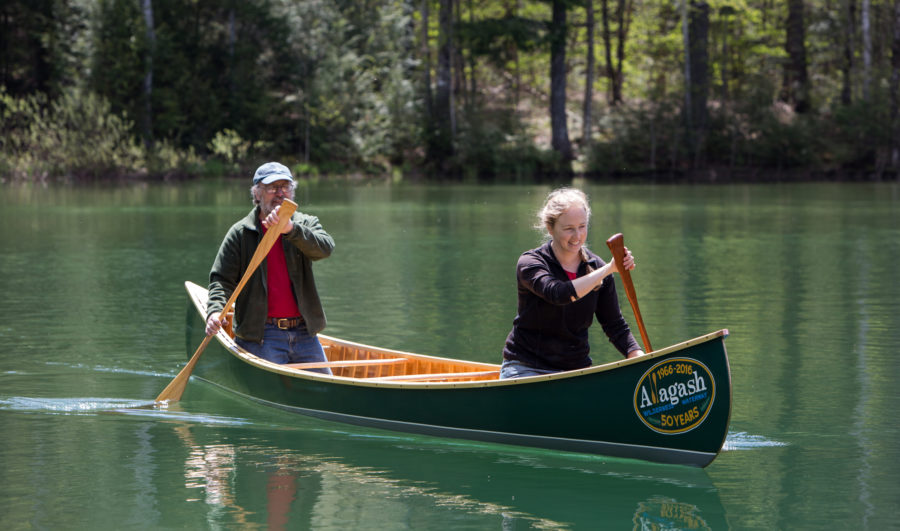
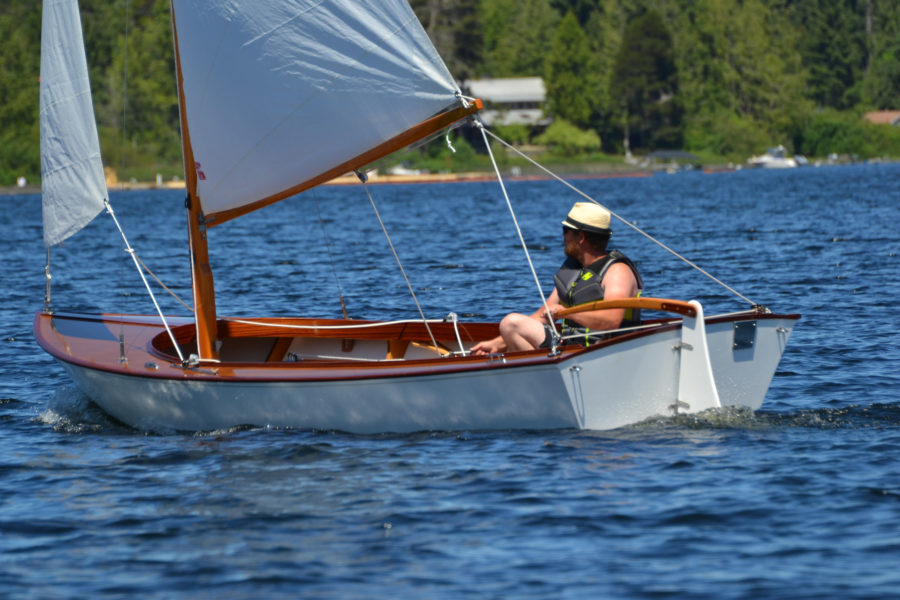
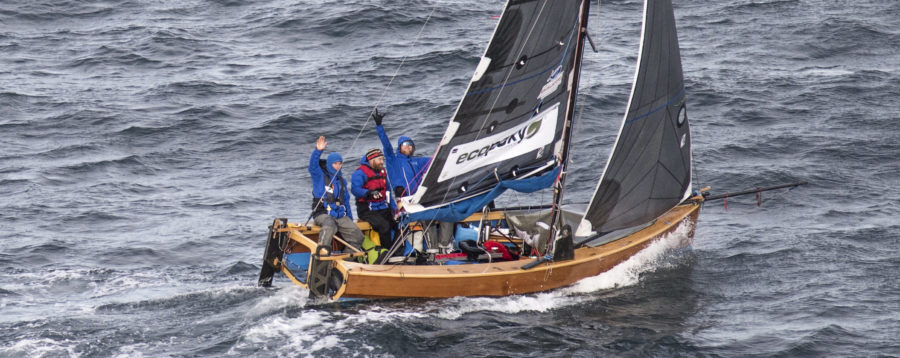
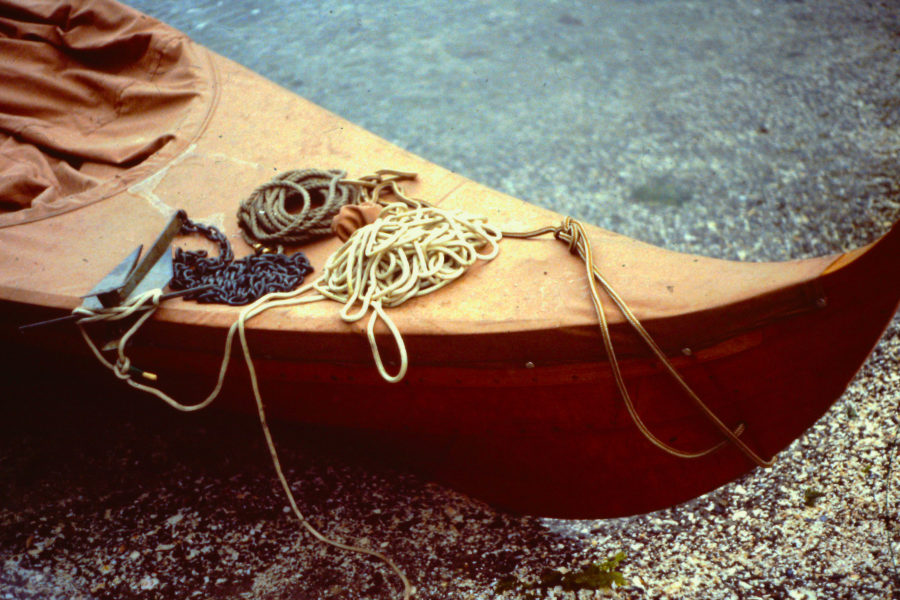
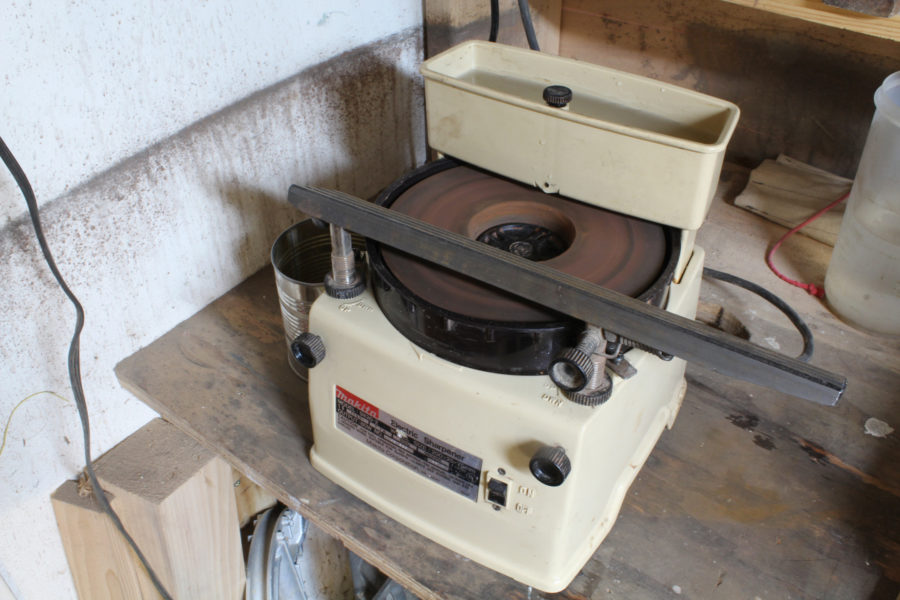
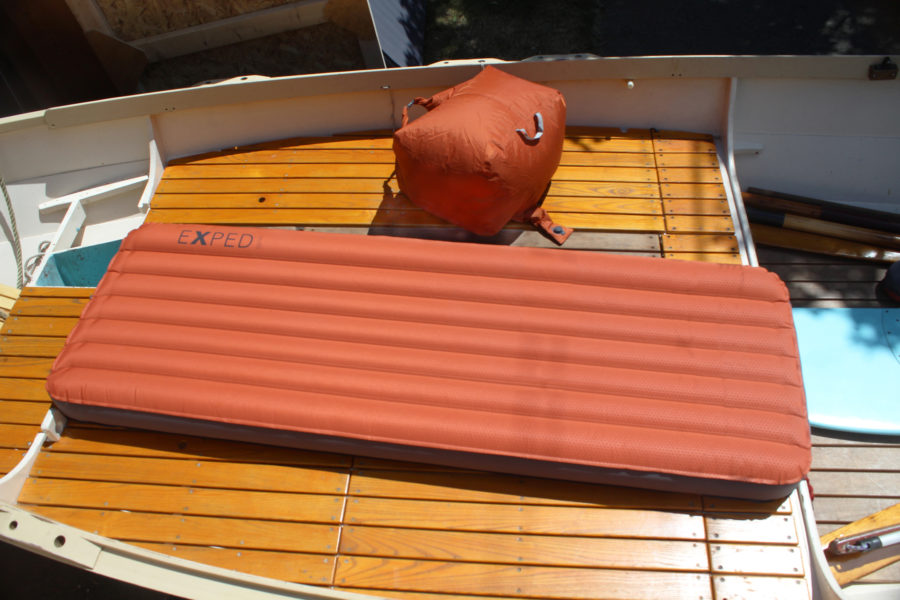
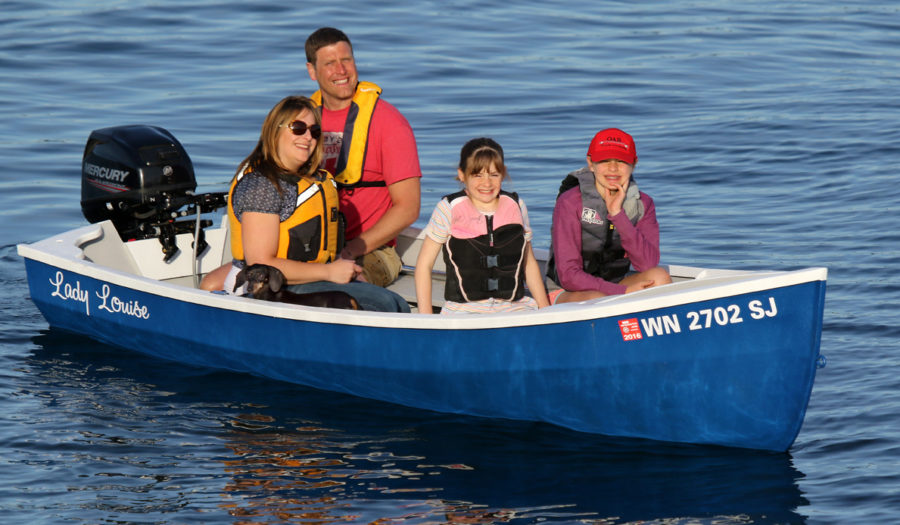
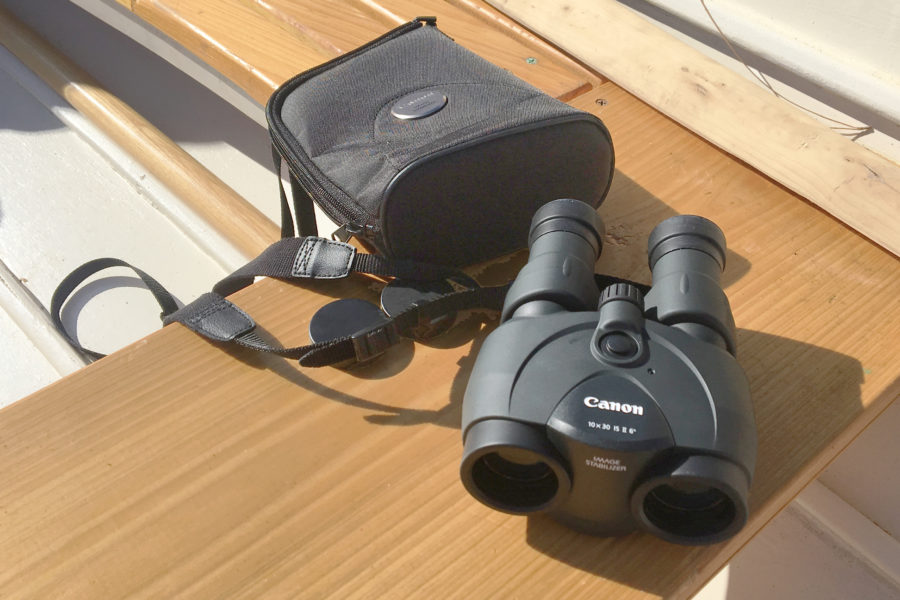
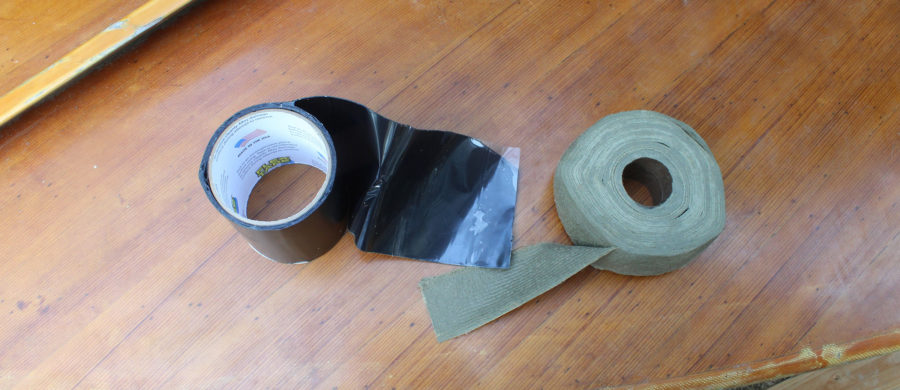
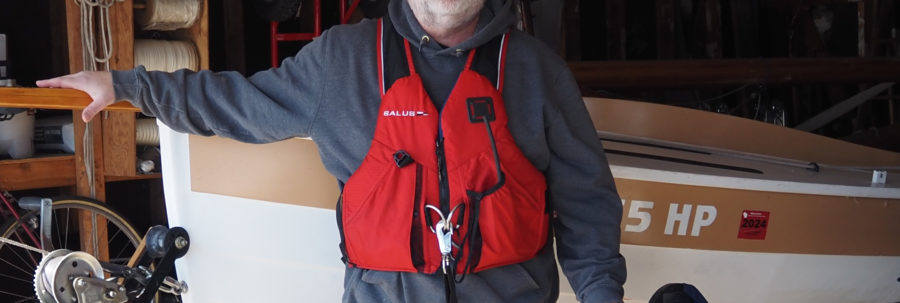
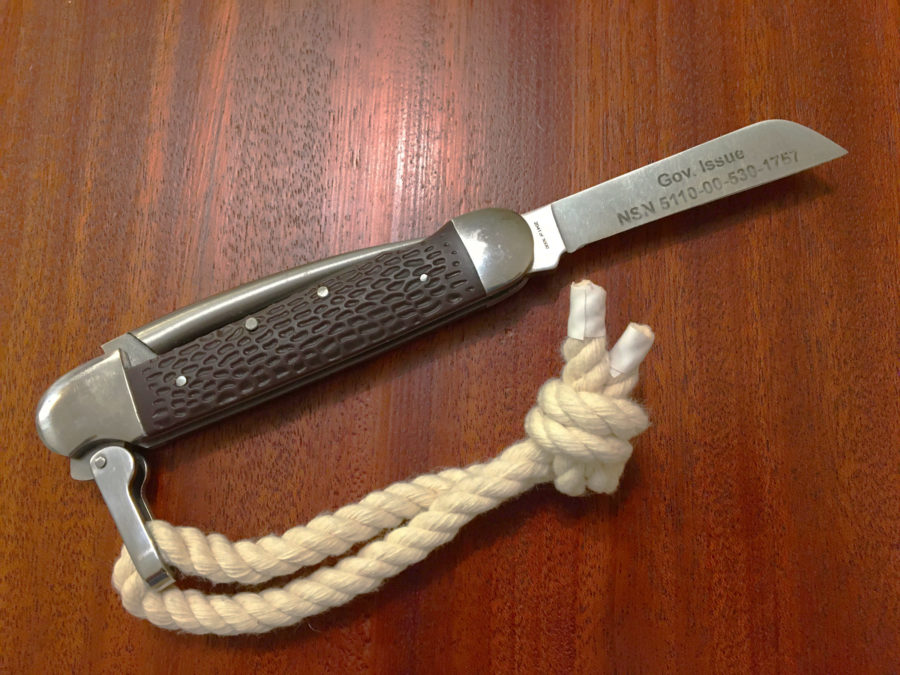
Join The Conversation
We welcome your comments about this article. If you’d like to include a photo or a video with your comment, please email the file or link.